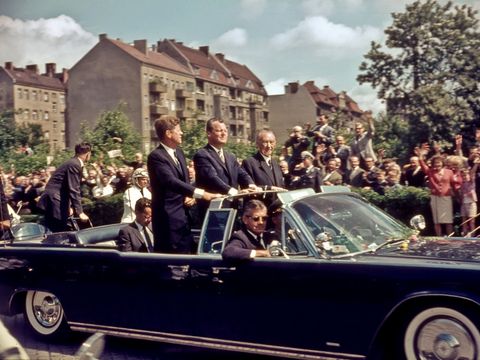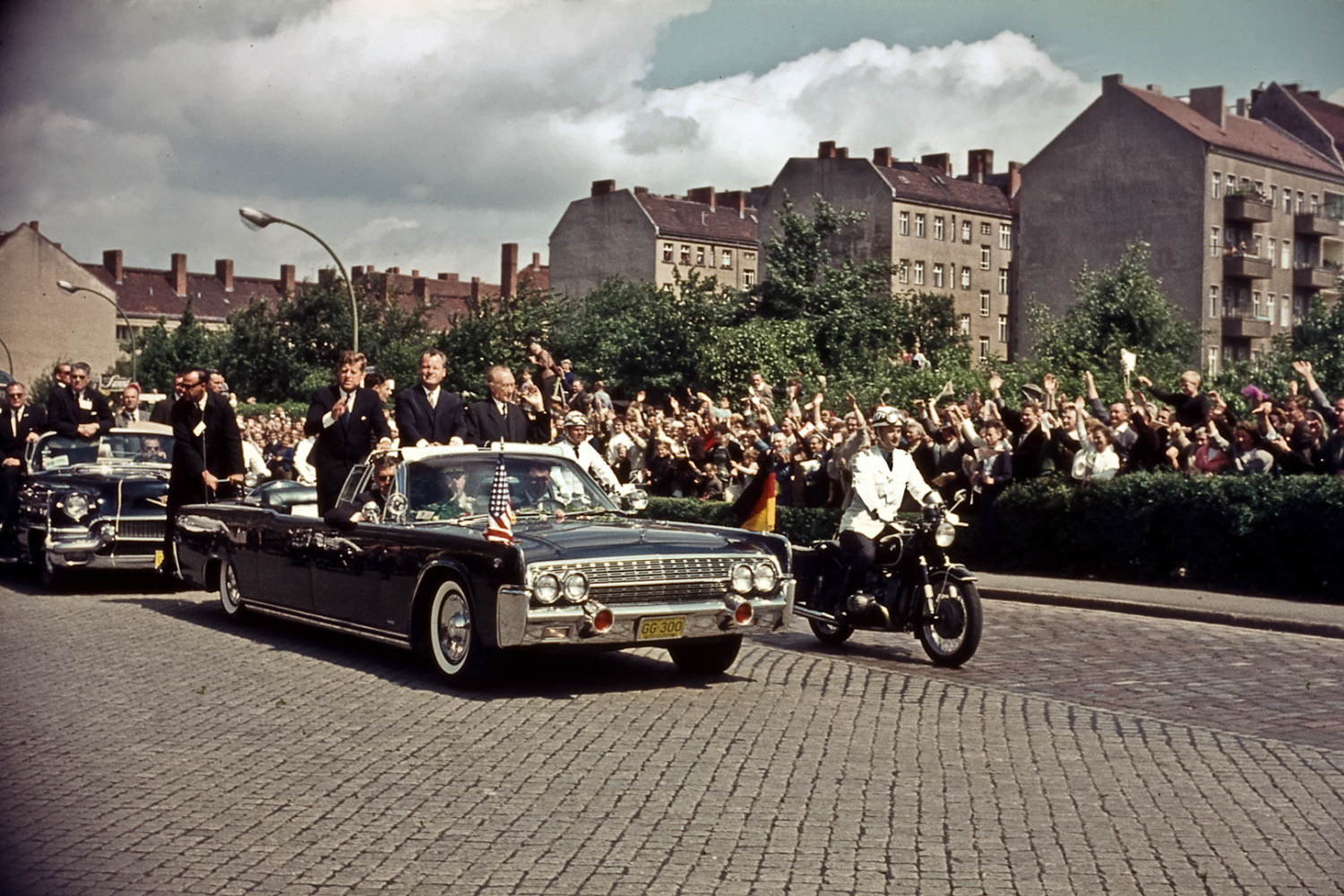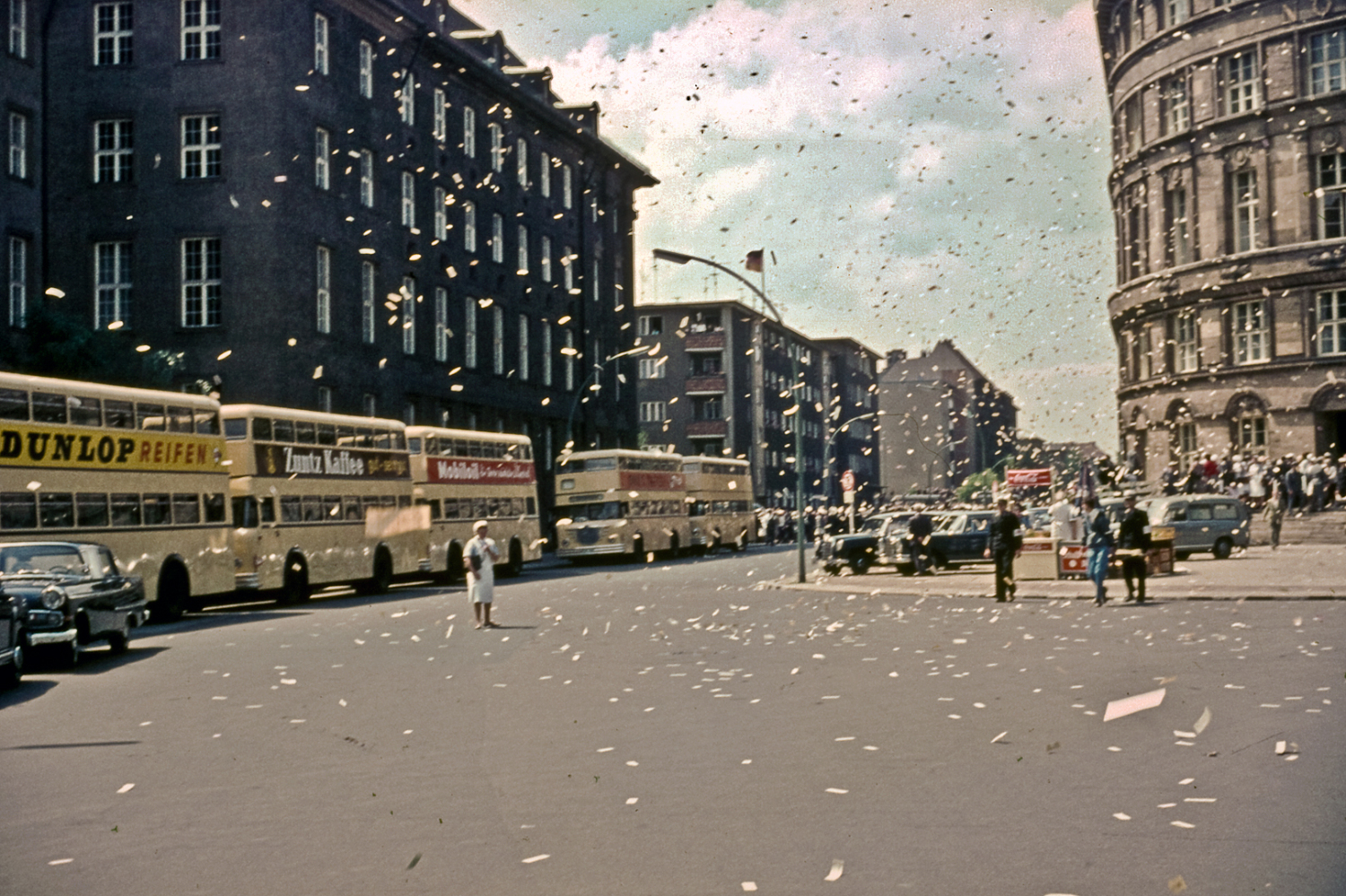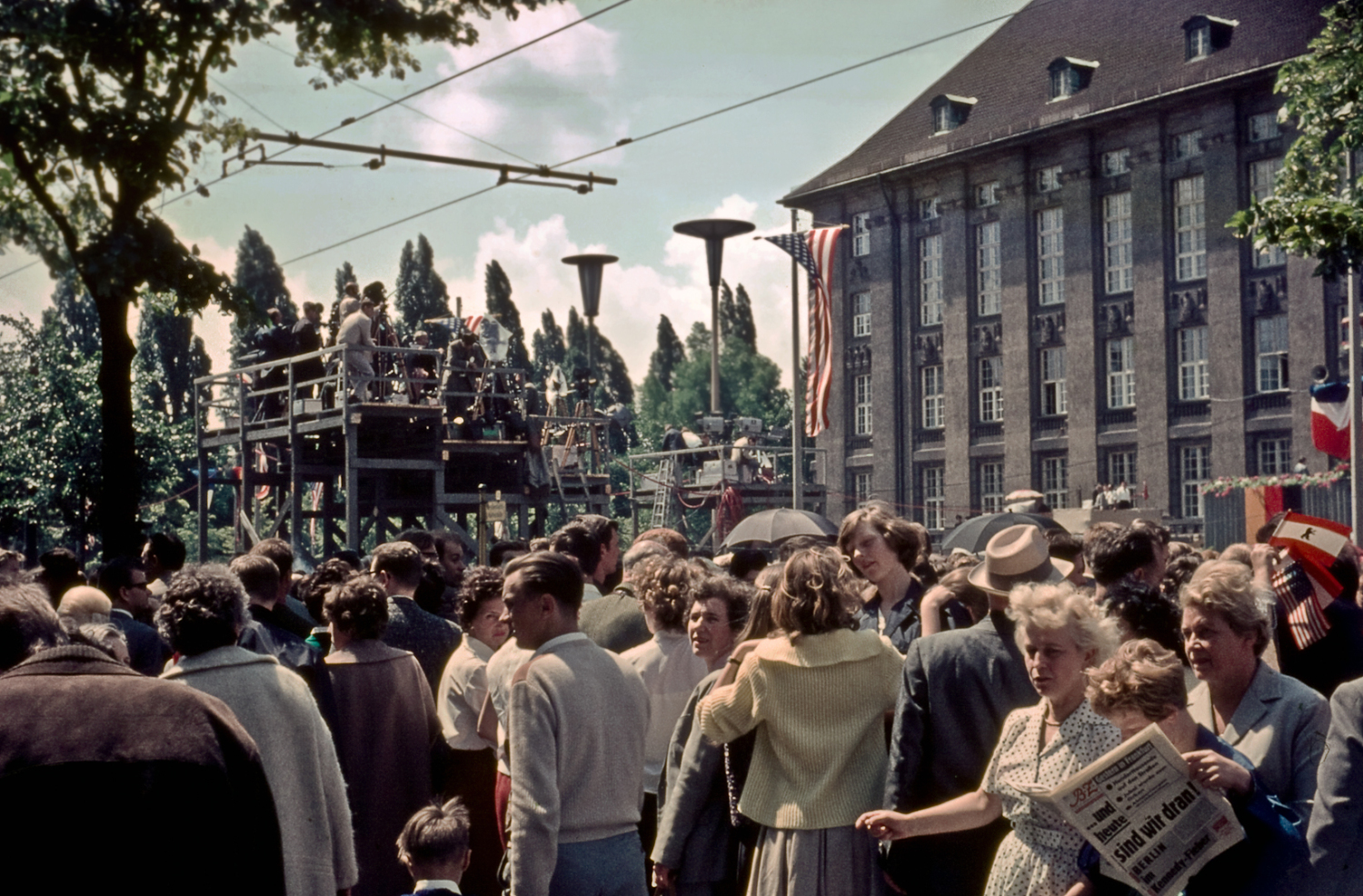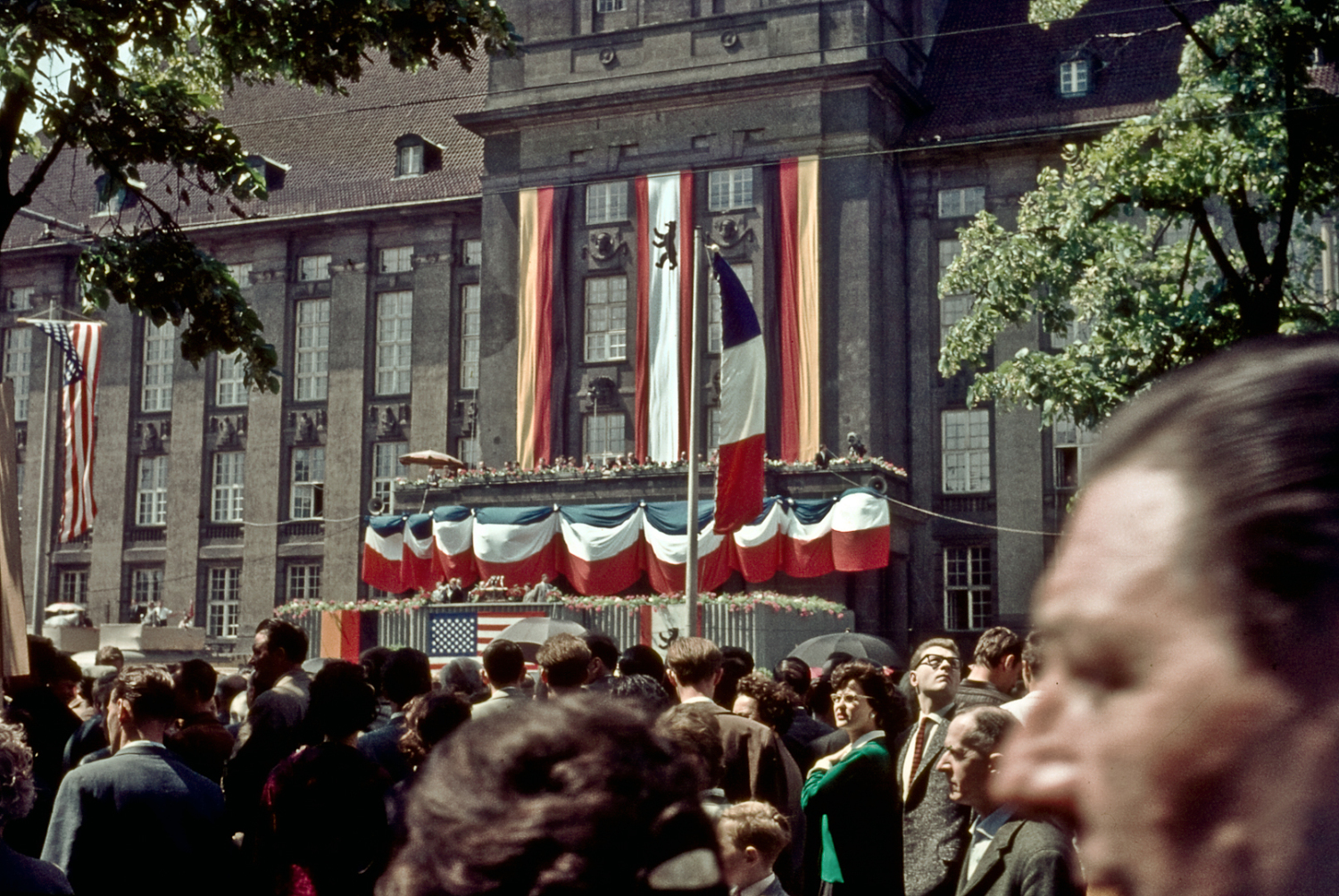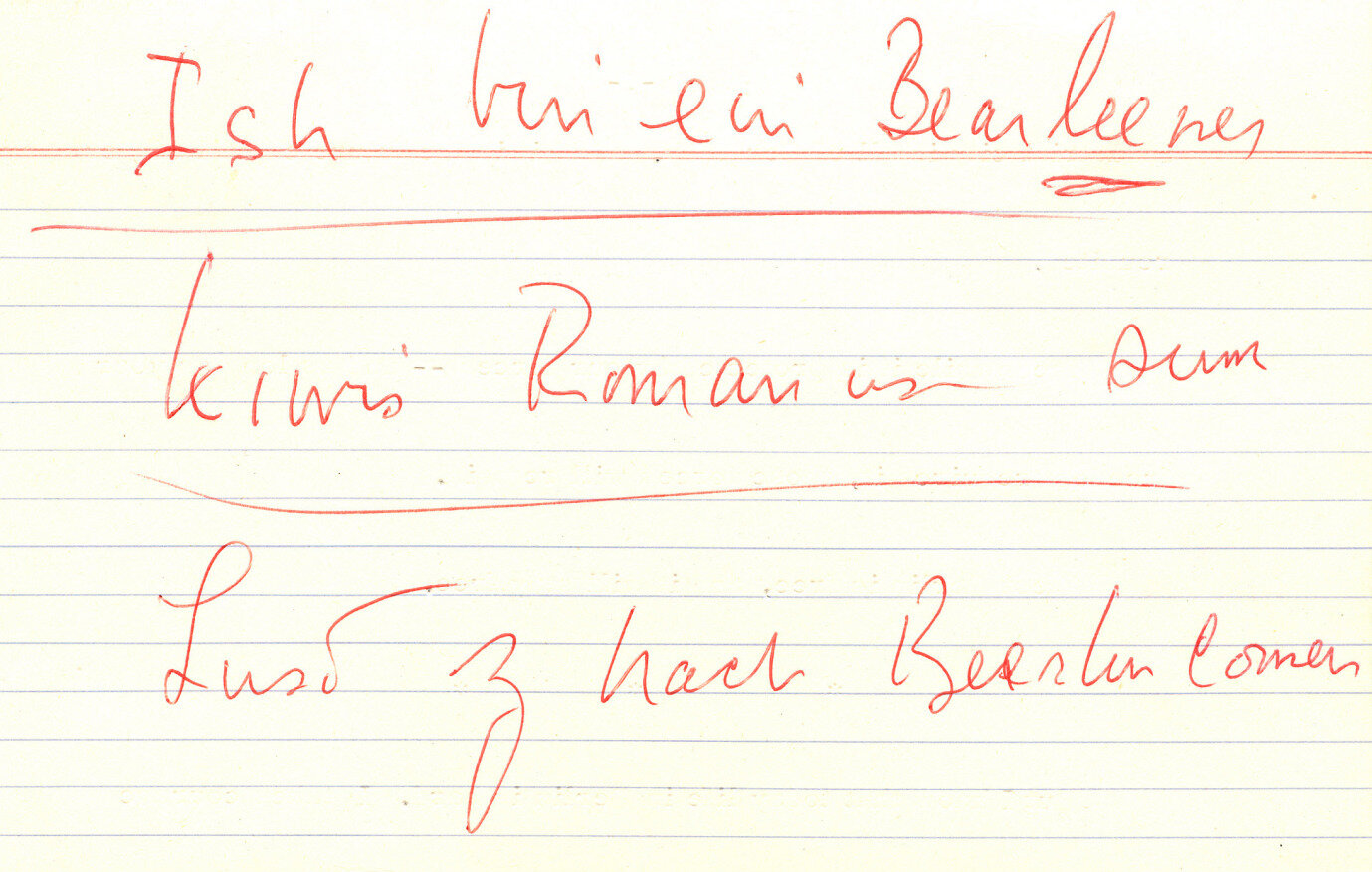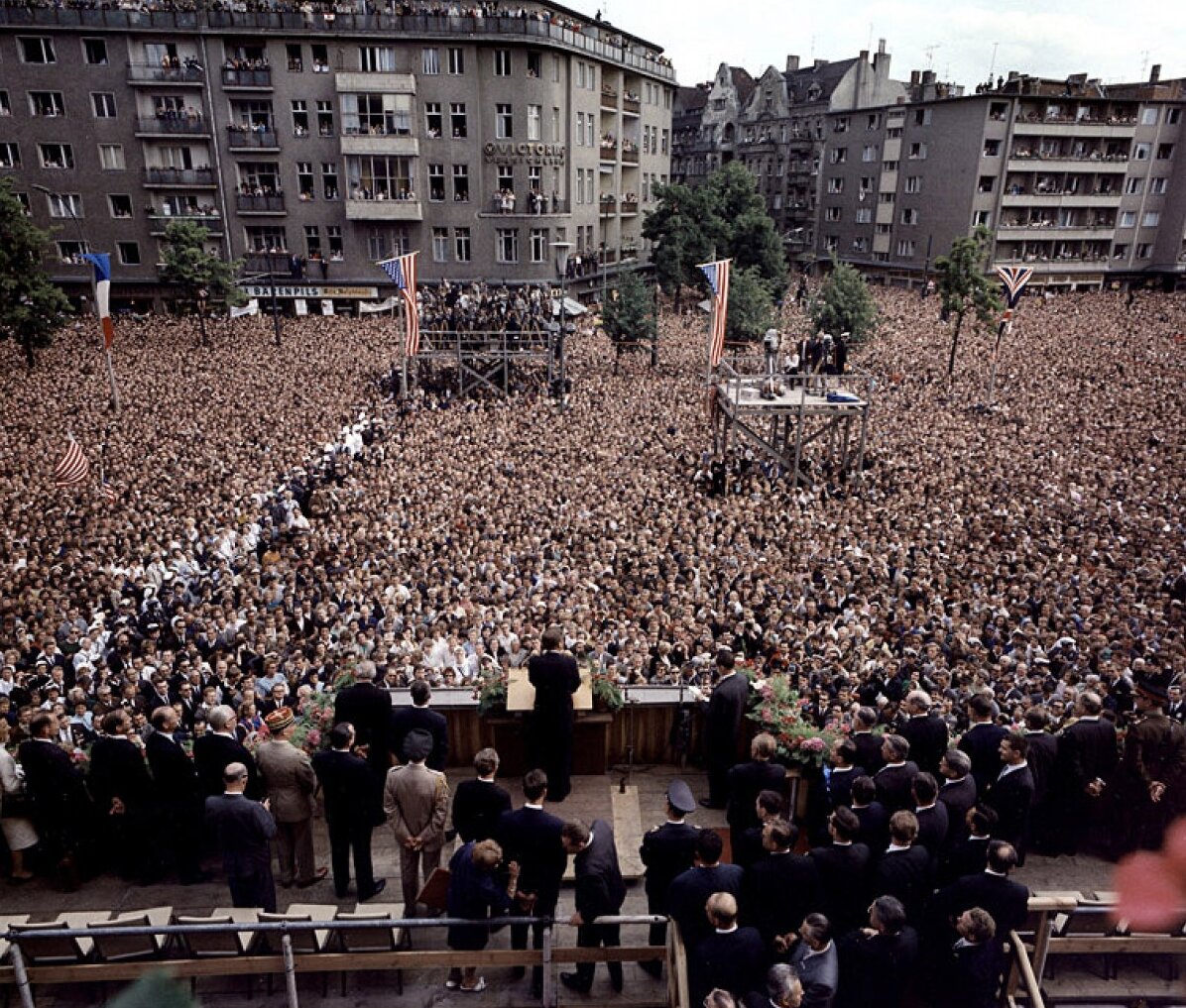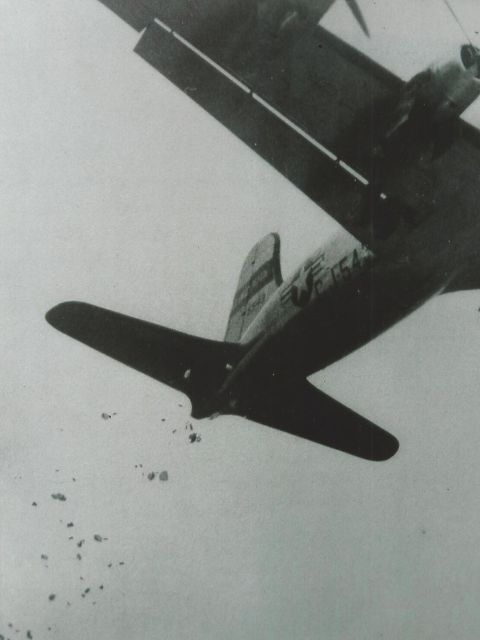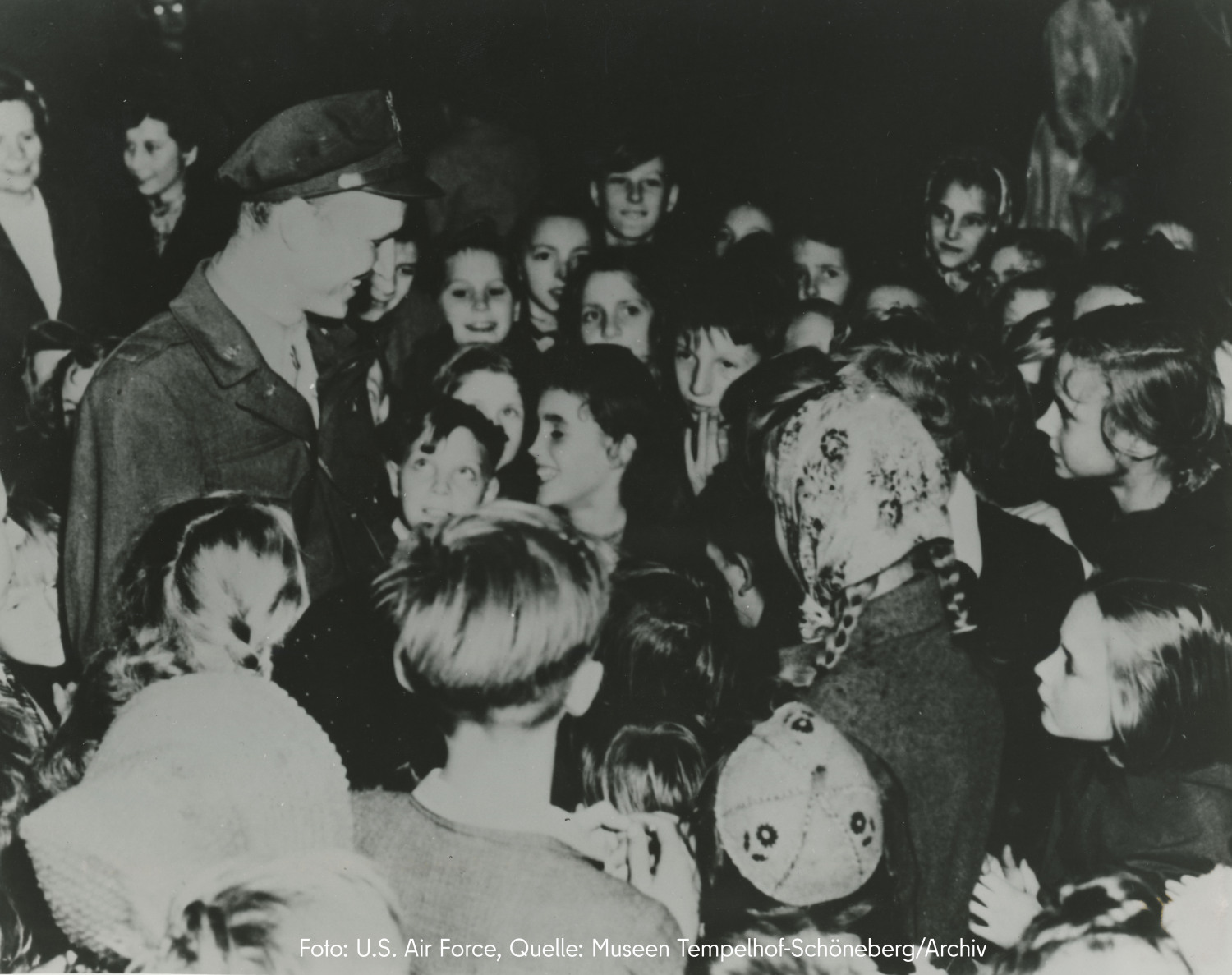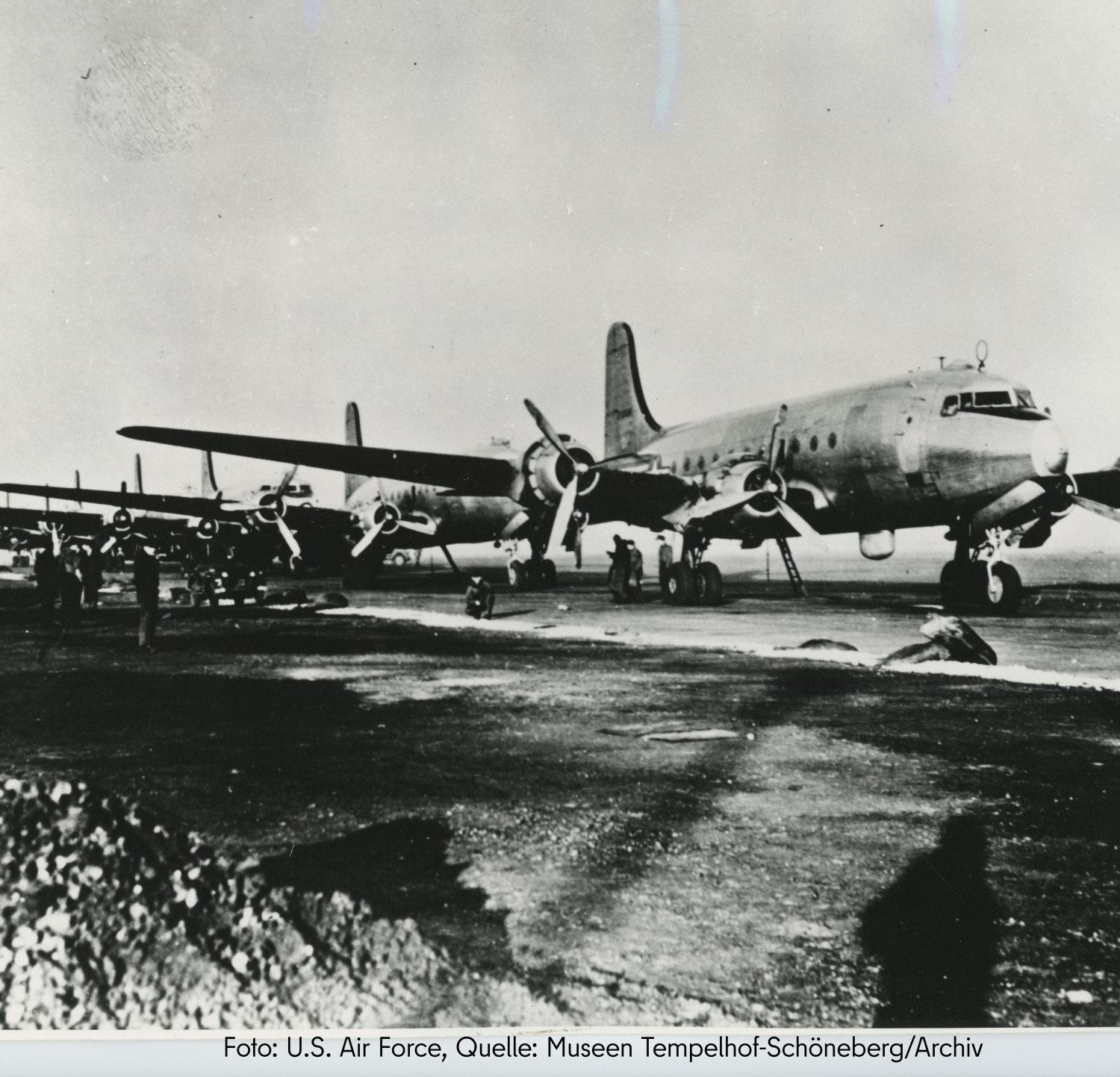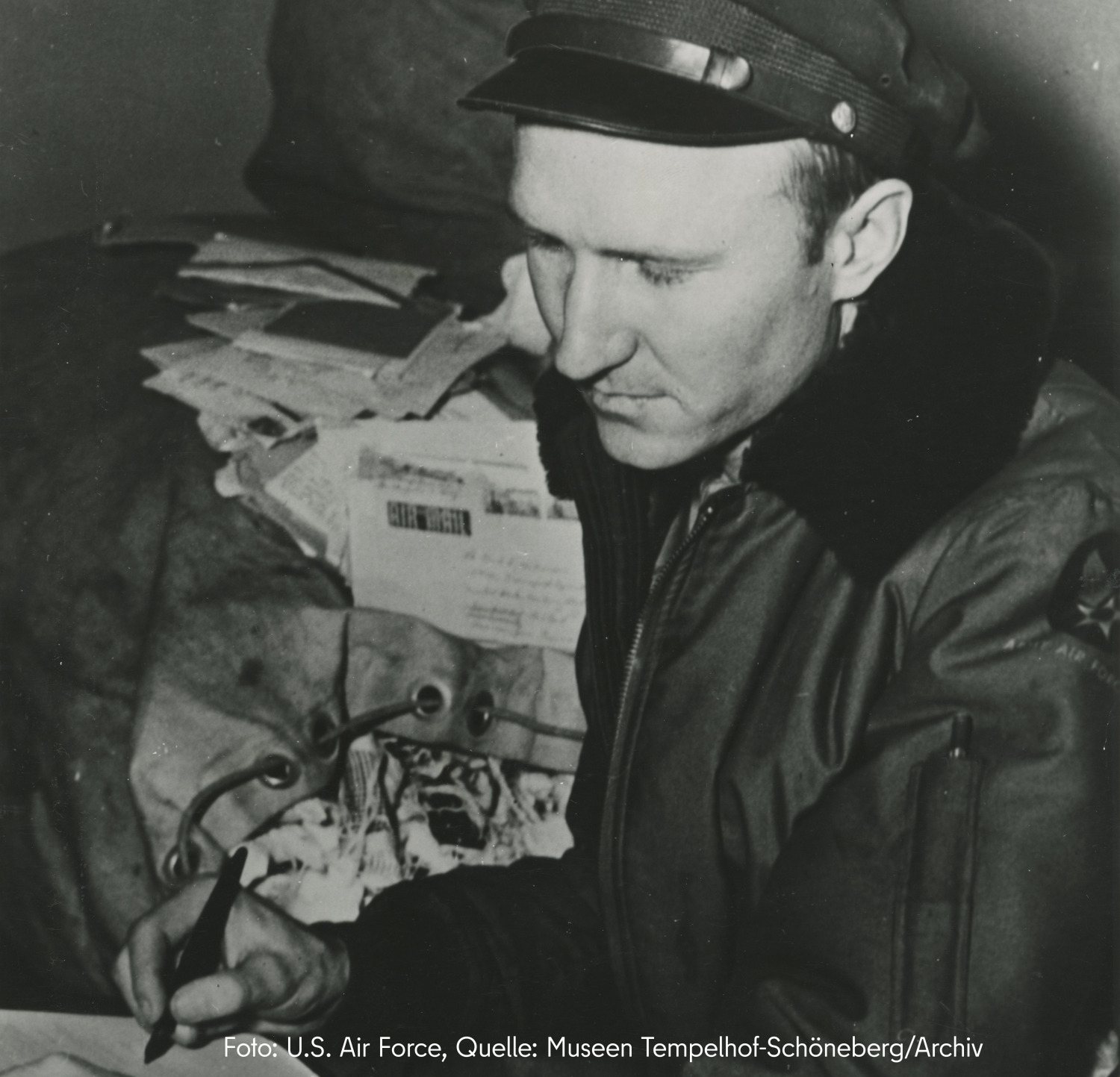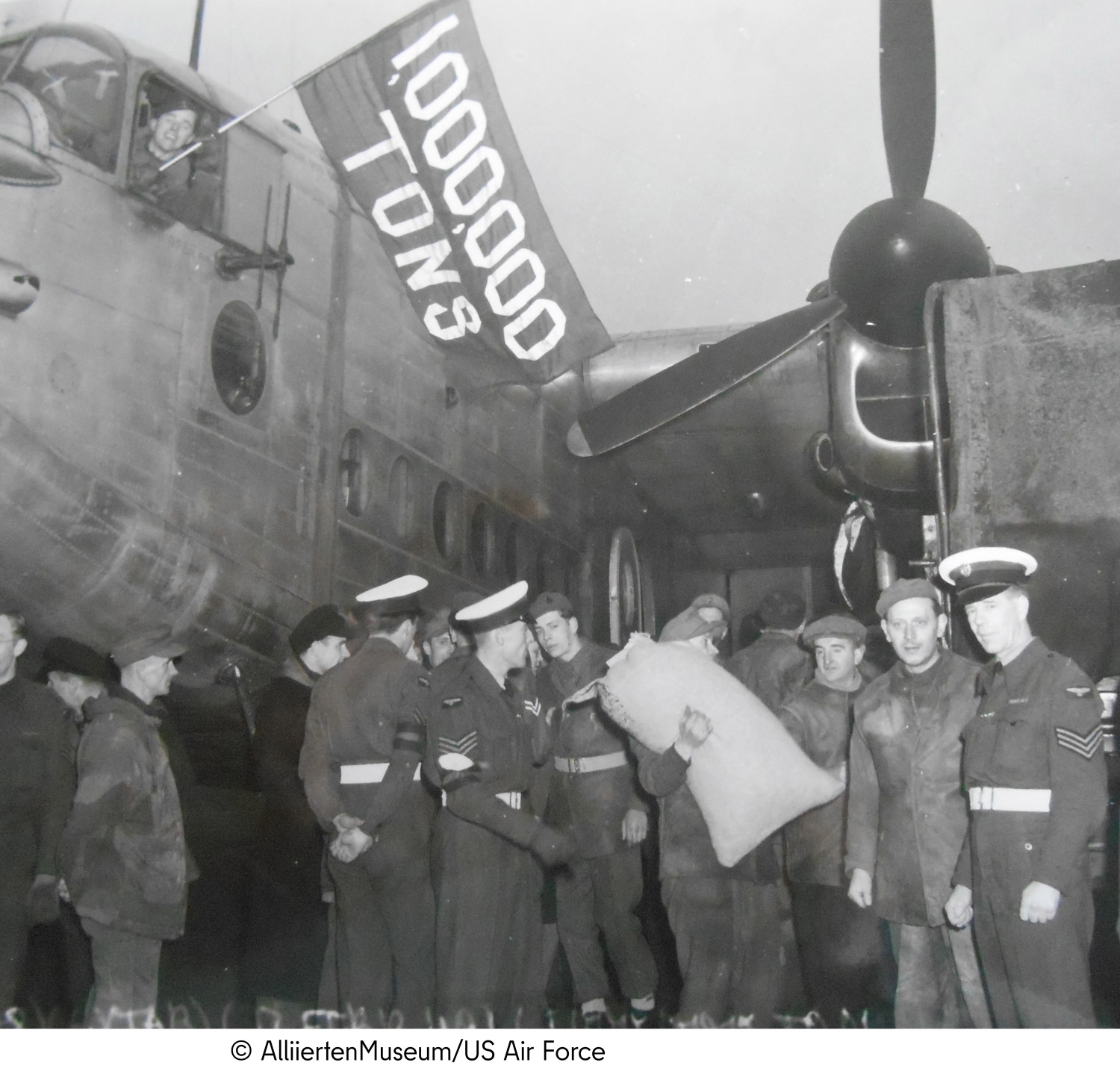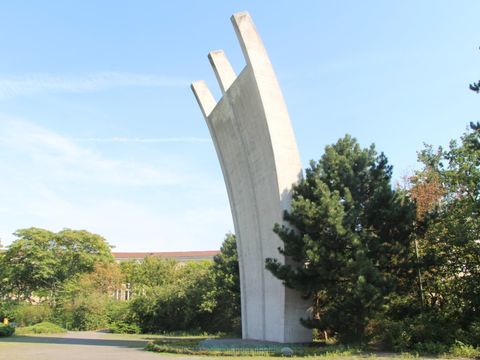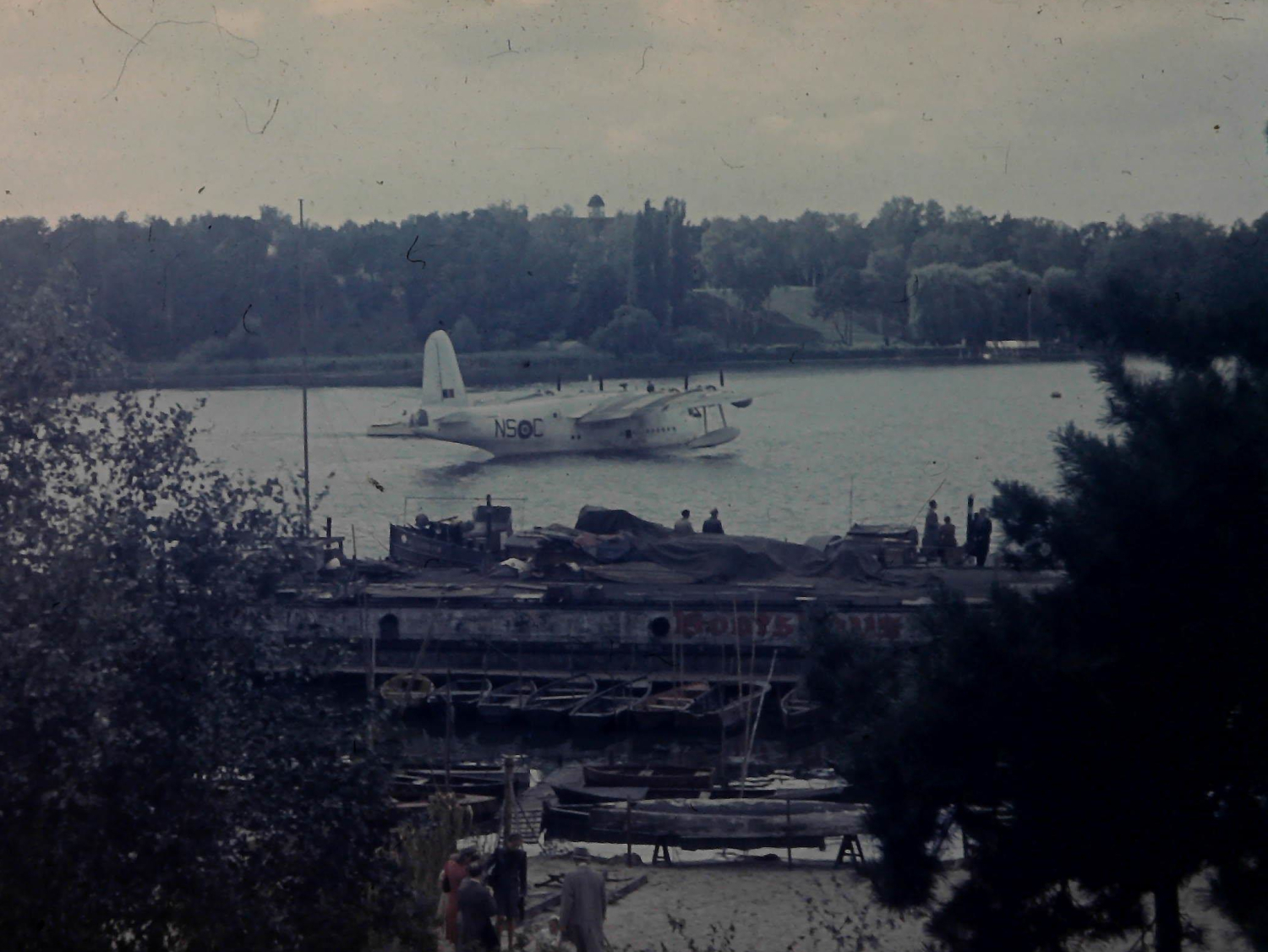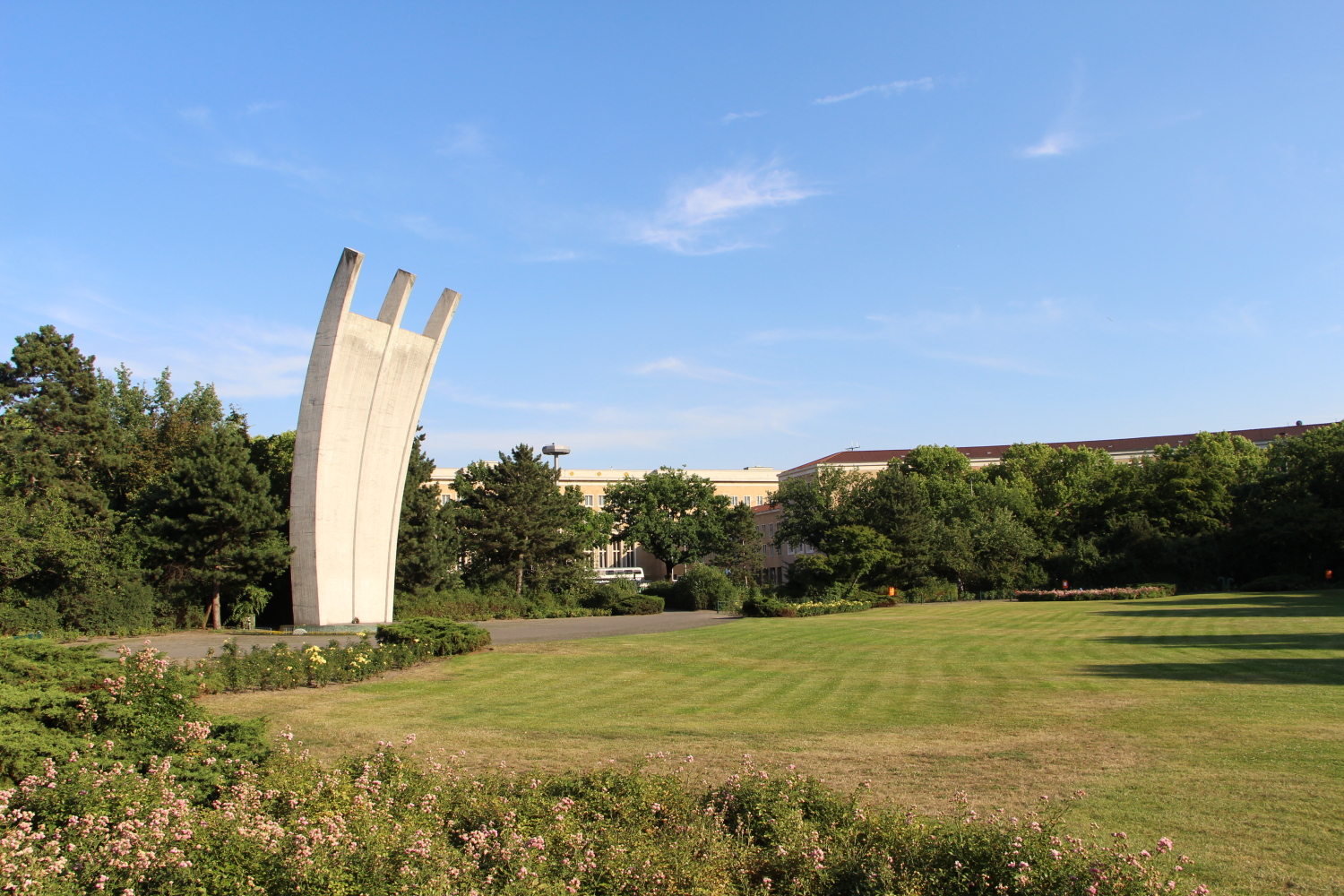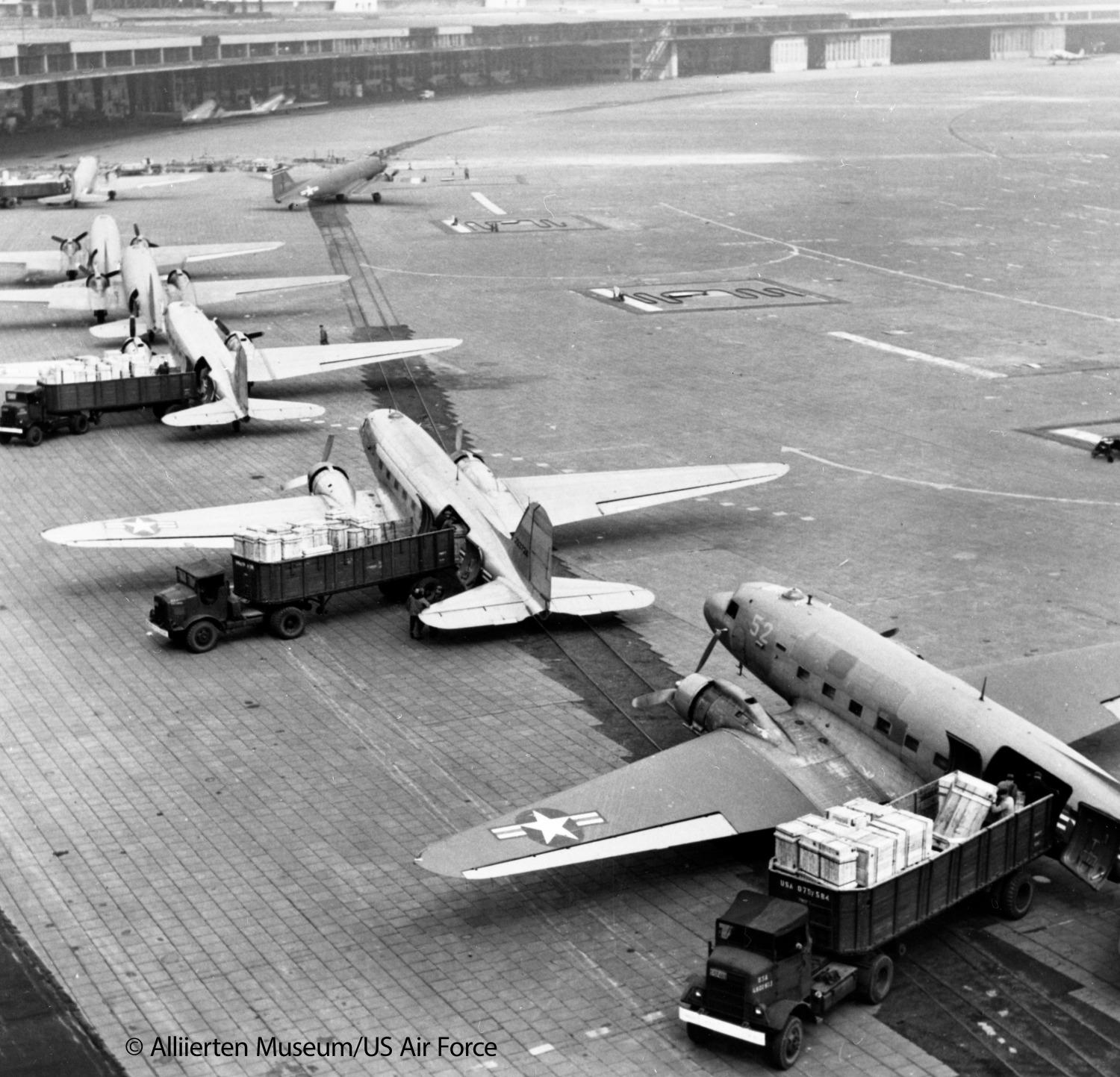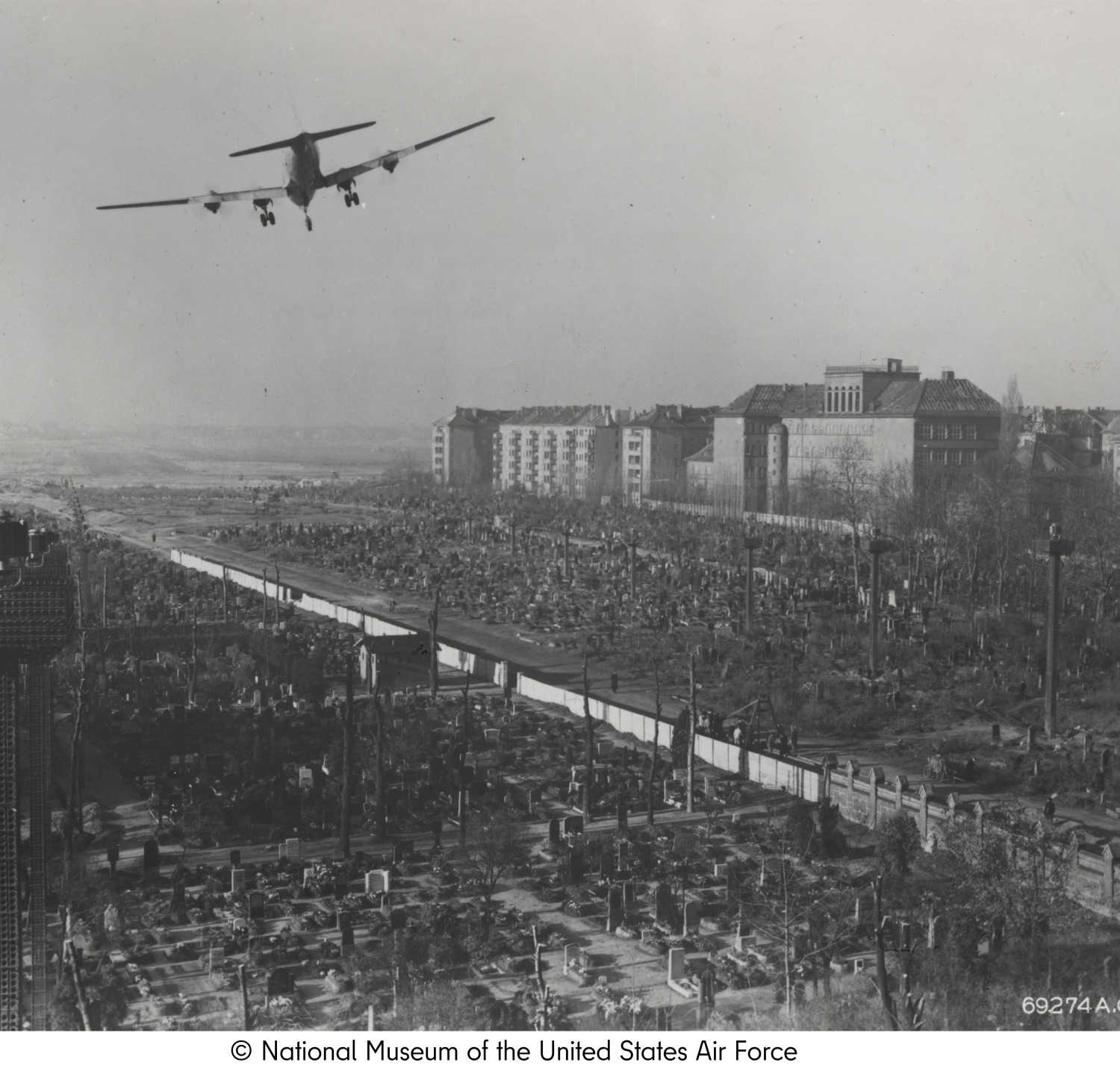On June 26, 1963, the 35th US President, John F. Kennedy, visited Westberlin. It was the 15th anniversary of the start of the Airlift. At this point, two years after the Berlin Wall was built, the future of the people of West Berlin was completely unclear.
Would West Berlin remain an island of freedom, walled in by the Soviet-occupied GDR? Or would the guarantors of freedom, the Western allies USA, Great Britain, and France, withdraw from the western part of Berlin and leave all of Berlin to the Soviet influence?
In his enthusiastically acclaimed speech in front of the #Rathaus #Schöneberg, Kennedy made it clear: the USA will stand by Berlin and the Berliners. With the words “I am a Berliner” he took people’s hearts by storm.
With the 75th anniversary of the beginning of the #Airlift and the 60th anniversary of Kennedy’s speech, the district of Tempelhof-Schoeneberg is celebrating a double anniversary that is intended to honor the historical meaning of both events.


 Easy language
Easy language German Sign language
German Sign language
